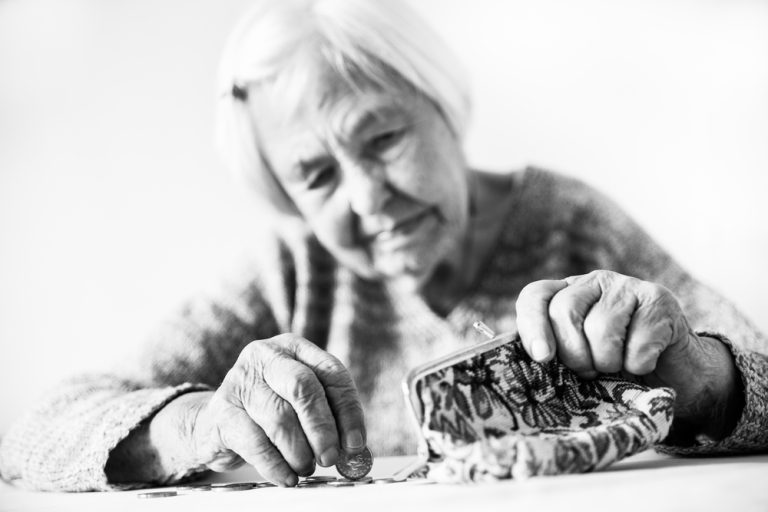Are we jeopardising the bank of Mum & Dad?
The temptation is obvious. Soaring house prices have made buying a home tough for most home buyers and prompted many parents to think they should step in and make a financial contribution.
The typical argument is that Mum and Dad don’t really need the money and that their children will inherit it one day anyway so it might as well be now when it can do some real good.
As a result of this thinking, the Bank of Mum and Dad is now estimated to be one of the top 10 mortgage lenders in the country, as more and more people turn to their parents for financial help when buying a home.
According to Digital Finance Analytics, parents are now contributing $90,000 on average towards the first home deposit of each of their adult children, up 20 per cent in the past twelve months.
With the median house price in Australia’s combined capital cities now $896,000, parents contribute just over 10 per cent as a deposit, or if two sets of parents are involved, 20 per cent as a deposit.
For most parents, this is a large amount of money, which can be given to their children either as a straight-out gift or as a formal loan or so-called ‘soft’ loan.
Typically, this is done by drawing down against the value of their home as security and gifting the funds or providing a guarantee for their child to buy a home using their home as collateral.
The financial comparison site, Finder, estimates that 60 per cent of all first-home buyers access funds from their parents to buy their first home.
More, it found that 50 per cent of these children were facing some level of financial stress before deciding to buy a property with the help of their parents.
While gaining financial support from Mum and Dad might be essential for many Australians to take that first step onto the home ownership ladder, is it a good decision for Mum and Dad?
While some parents can afford this financial handout, it is only the case for some. Figures from the Association of Superannuation Funds of Australia show 1.68 million, or more than half of all Australians over 70, have no super.
Of those older Australians who do have super, the median value is between $100,000 and $149,000, suggesting few in this age bracket have funds they can afford to give away.
ASFA estimates only 185,000 Australians have $500,000 or more in super, and about 27,325 individuals have more than $2 million in super – a figure where giving funds to children might be affordable.
These figures change considerably for Australians in the 50–70 age bracket as these younger Australians have had access to super for longer.
However, it’s clear that the Bank of Mum and Dad is not as flush with funds as suspected, and many are sowing the seeds of their own financial destruction.
While it is simple in the first flush of retirement to think there is more than enough to support Mum and Dad for as long as they live, life events might undermine this.
No one knows how long they will live or what medical issues they may face through retirement, which could mean they themselves need every cent they have.
Throw in the prospect of one or both parents needing to move into a nursing home at some stage, which can be a significant cost of around $500,000 per parent; then their finances start looking very shaky.
The real fear is that in trying to help their children buy a home, all the Bank of Mum and Dad is really doing is pushing up house prices and sowing the seeds of their own financial problems.
The information provided in this article is general in nature only and does not constitute personal financial advice.






